Today (31 July) is National Orgasm Day in the UK, USA, Australia and Canada.
The unofficial holiday is a day to celebrate sexual climax, raise awareness about mutual sensuality and encourage closing the gender pleasure gap.
The pleasure gap (also known as the orgasm gap) refers to the disparity in sexual satisfaction rates between men and women. According to studies, women climax less frequently than men during sexual encounters.
A US survey found 95% of men usually-always orgasm compared to 65% of women. In east-central African societies where female pleasure is sacred, 92% of women orgasm with the Kunyaza sexual practice, according to a recent survey.
To find out more about the orgasm gap and ways men and women can close it with ancient sexual practices check out my books:
Kunyaza: The Secret to Female Pleasure
A Taste of Honey: Sexuality and Erotology in Islam
Illuminating the Performance: African and Arab Erotology
The unofficial holiday is a day to celebrate sexual climax, raise awareness about mutual sensuality and encourage closing the gender pleasure gap.
The pleasure gap (also known as the orgasm gap) refers to the disparity in sexual satisfaction rates between men and women. According to studies, women climax less frequently than men during sexual encounters.
A US survey found 95% of men usually-always orgasm compared to 65% of women. In east-central African societies where female pleasure is sacred, 92% of women orgasm with the Kunyaza sexual practice, according to a recent survey.
To find out more about the orgasm gap and ways men and women can close it with ancient sexual practices check out my books:
Kunyaza: The Secret to Female Pleasure
A Taste of Honey: Sexuality and Erotology in Islam
Illuminating the Performance: African and Arab Erotology
Happy National Orgasm Day!
Wishing you all the consensual pleasure that you deserve!
Remember guys, women come first.
Wishing you all the consensual pleasure that you deserve!
Remember guys, women come first.

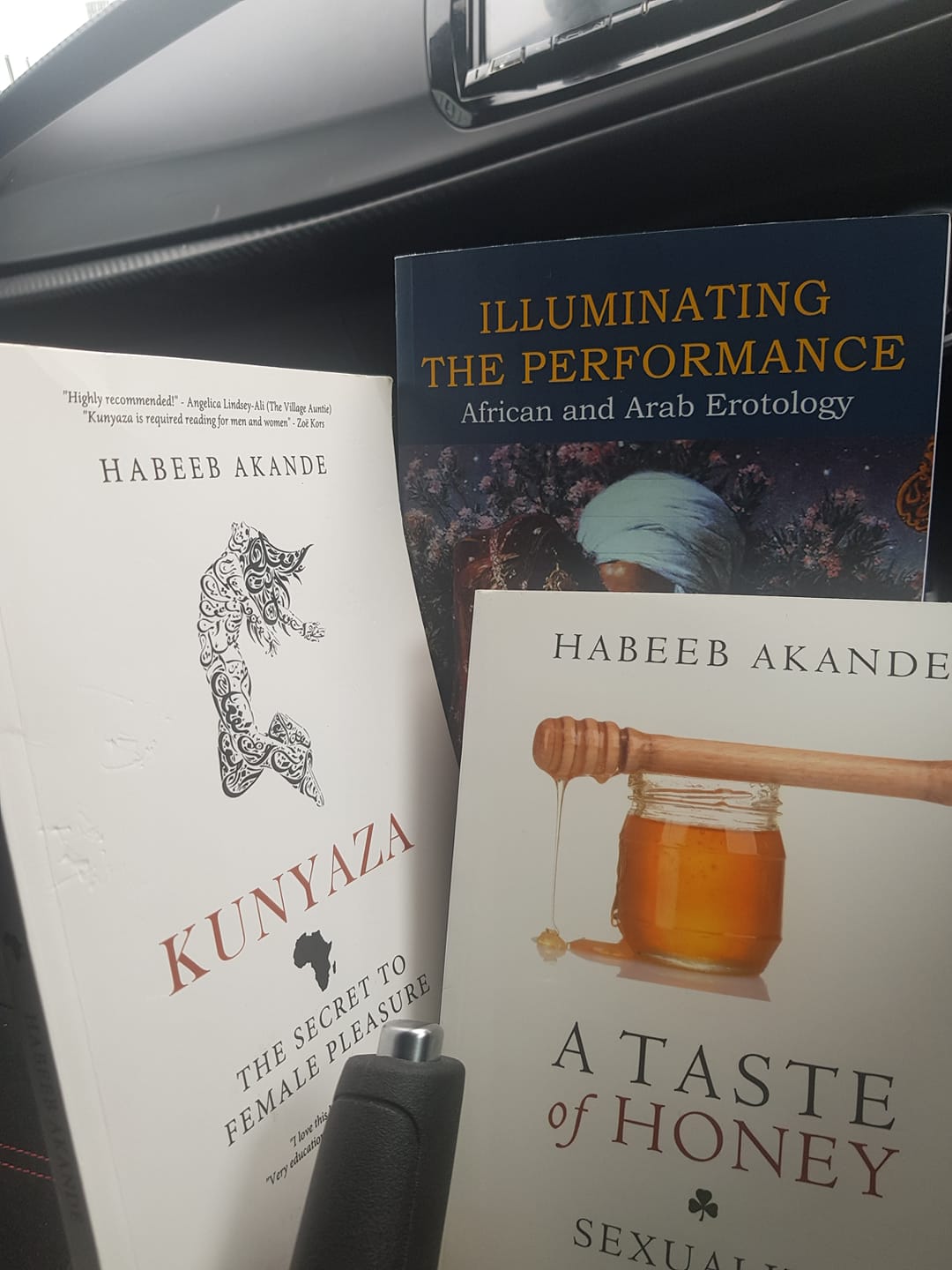

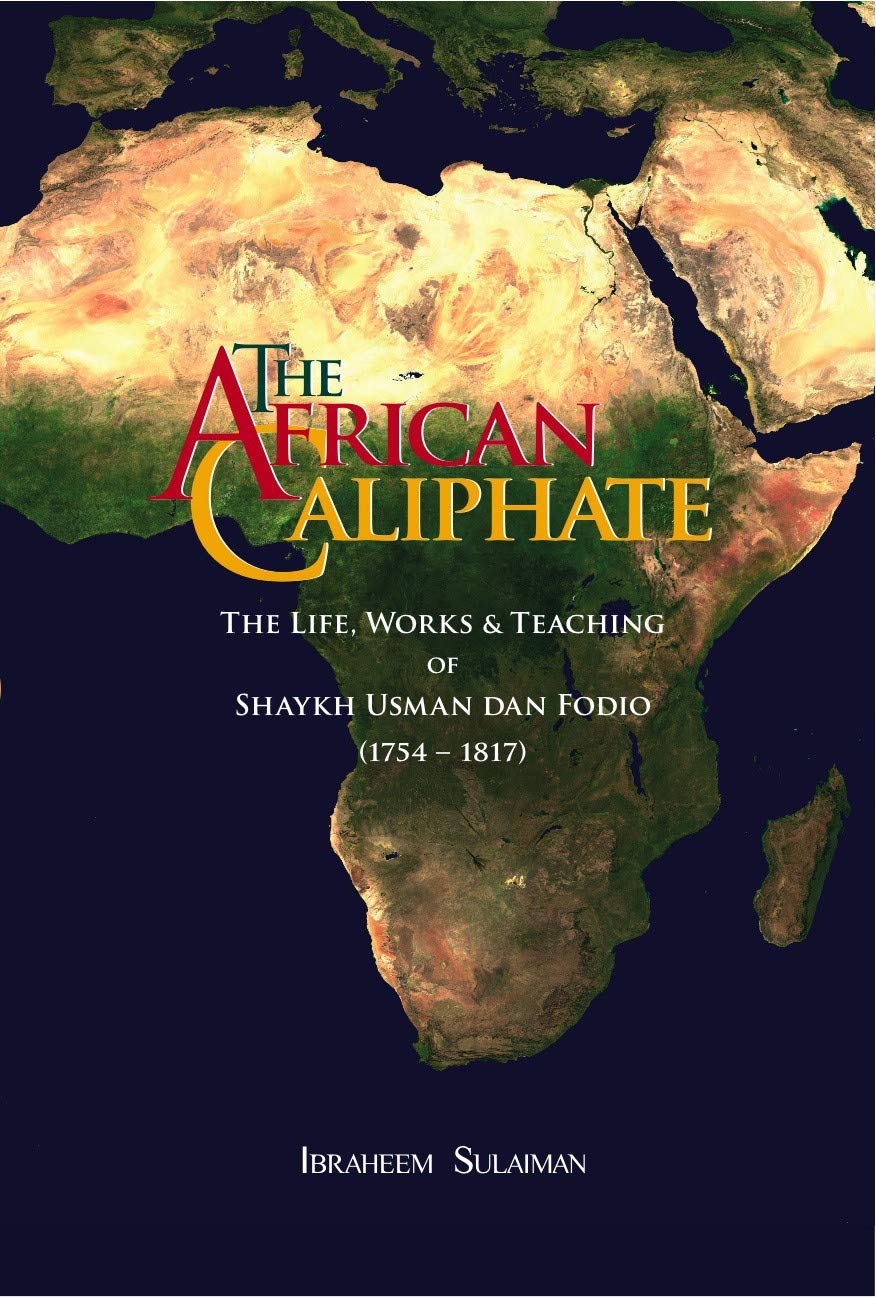





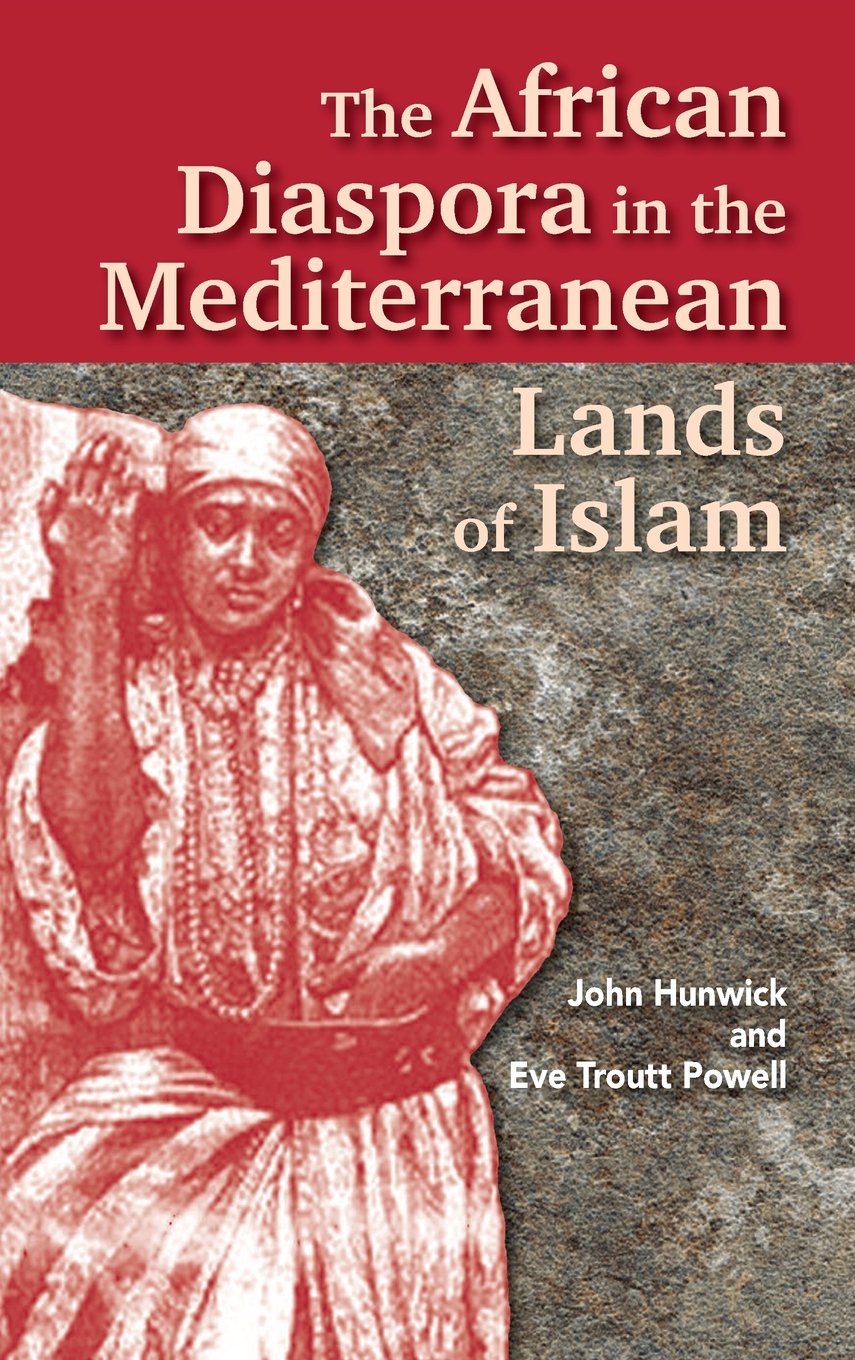

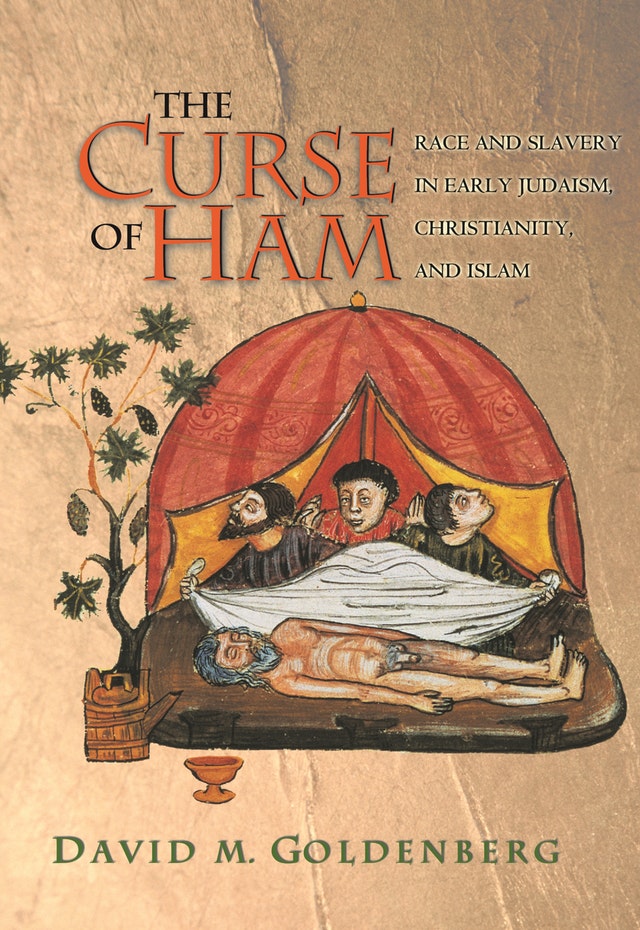



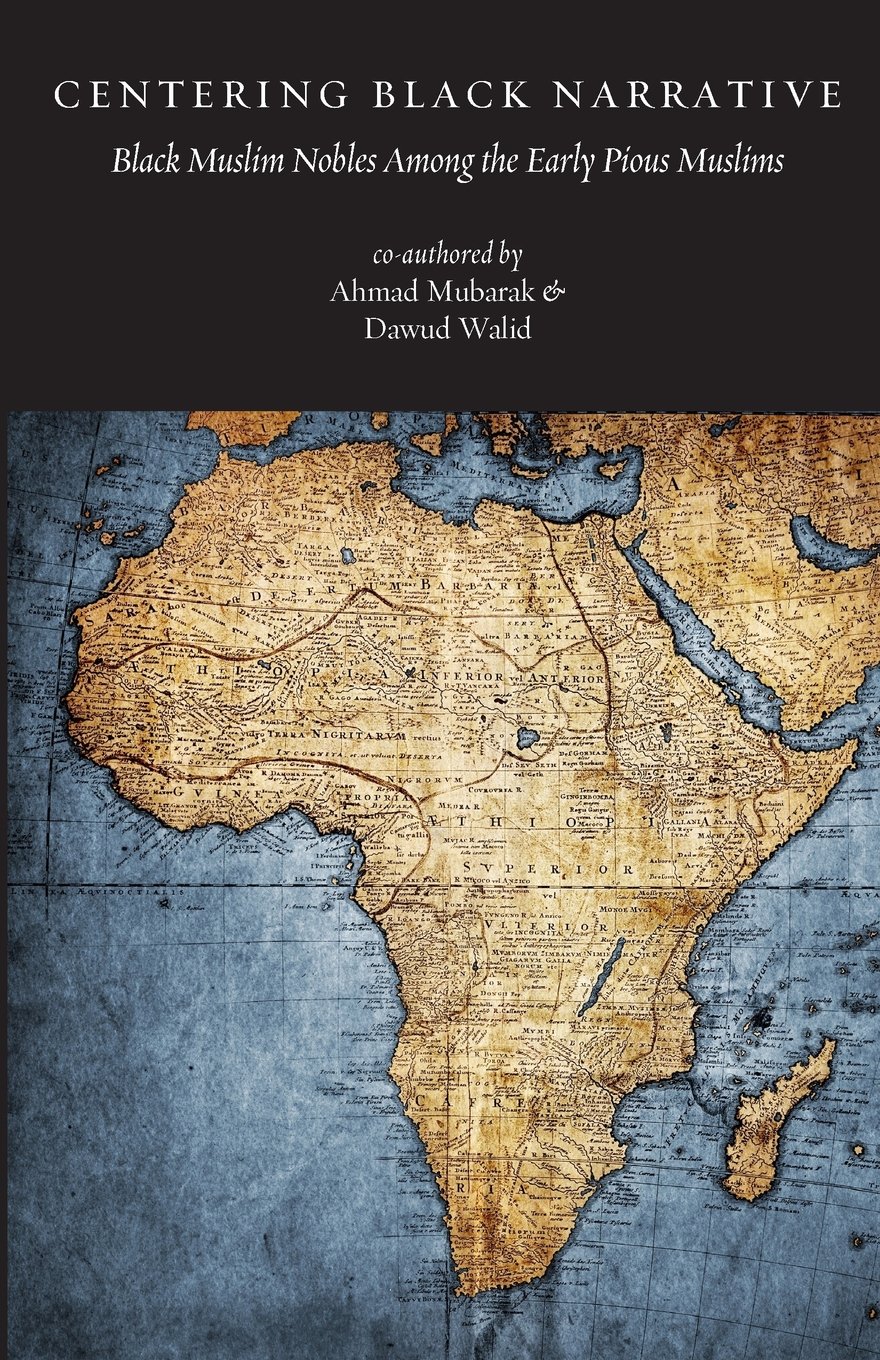


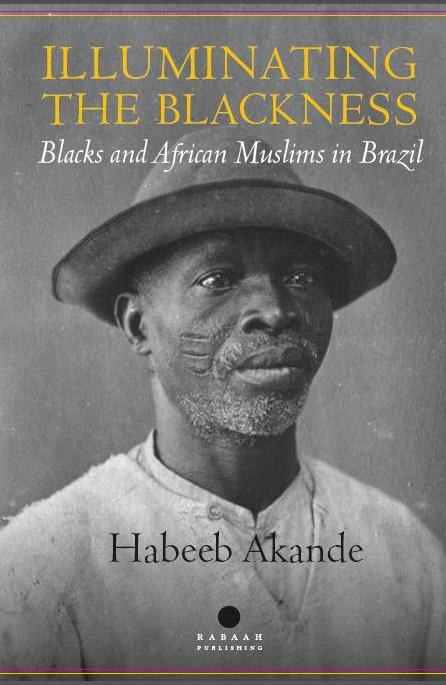


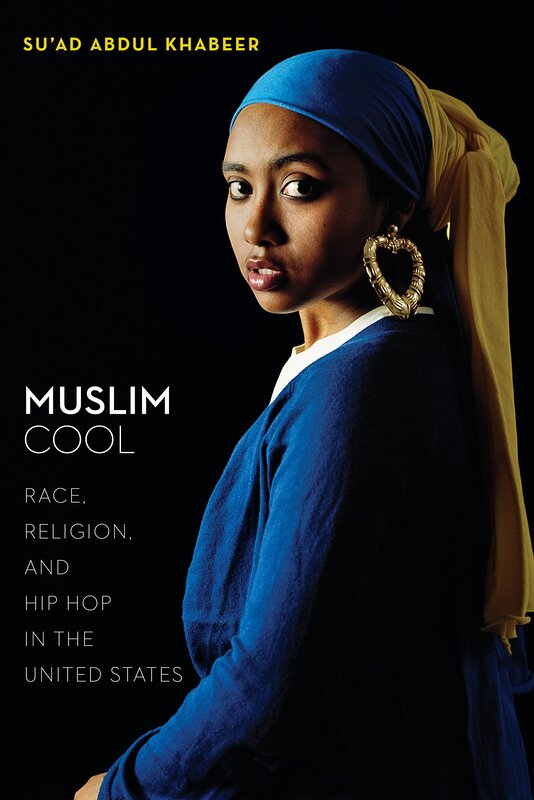


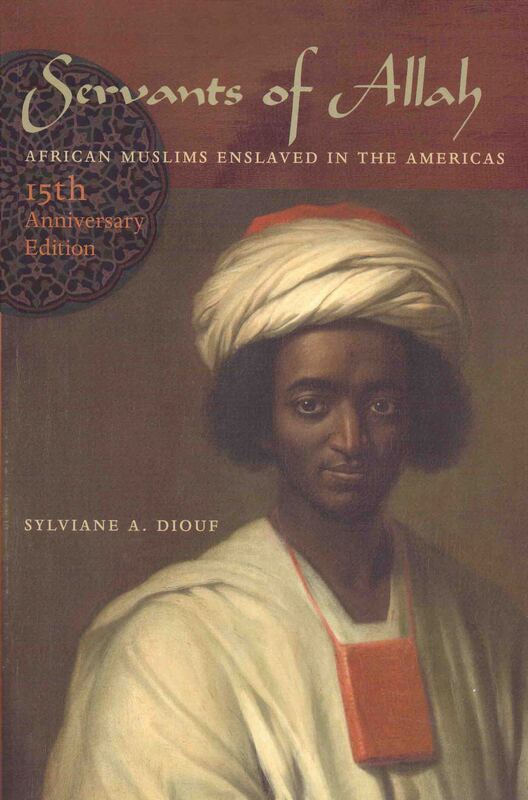
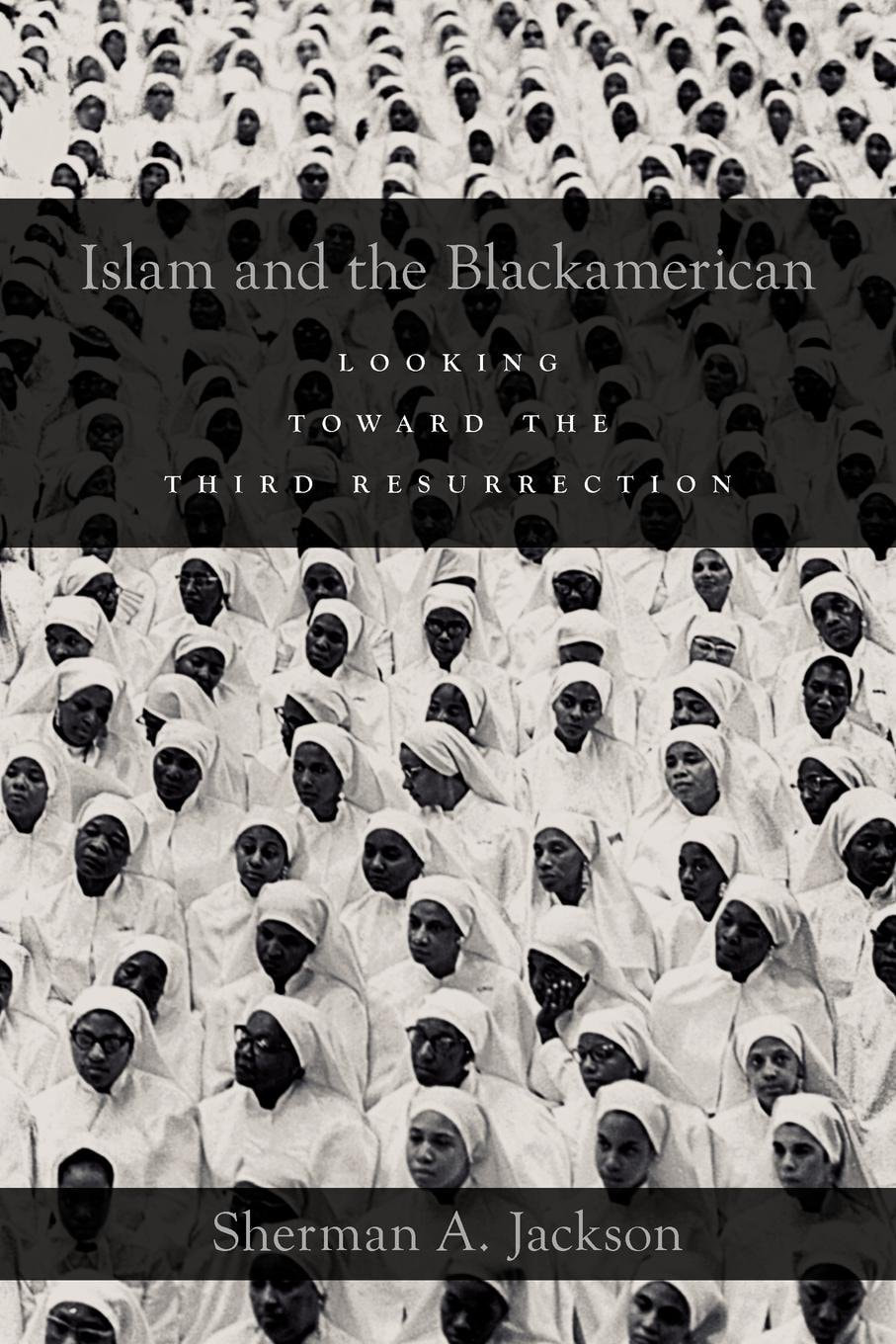
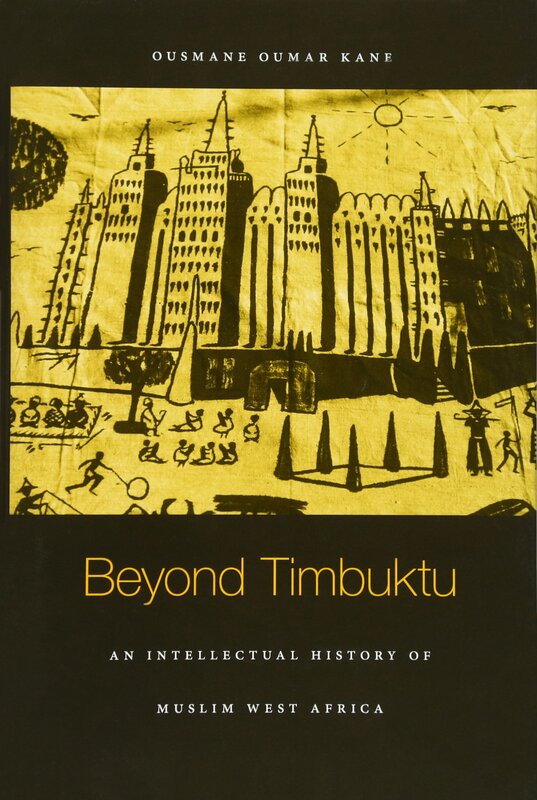

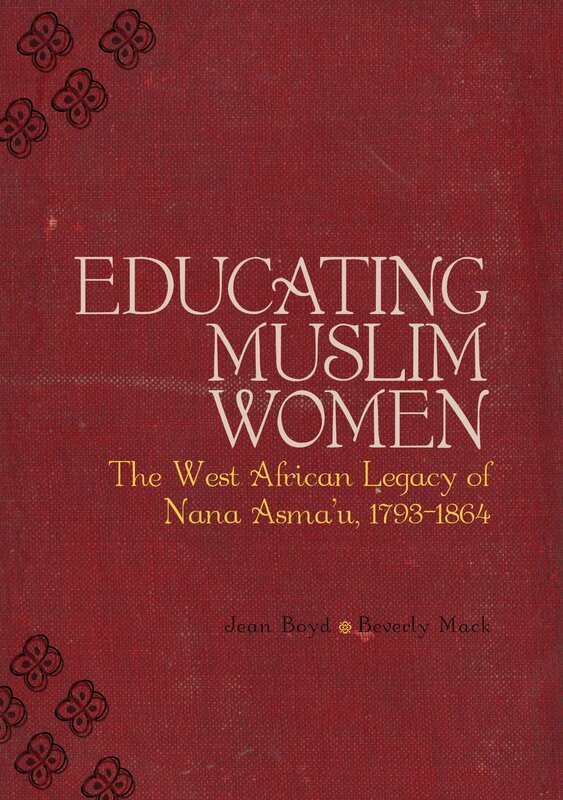
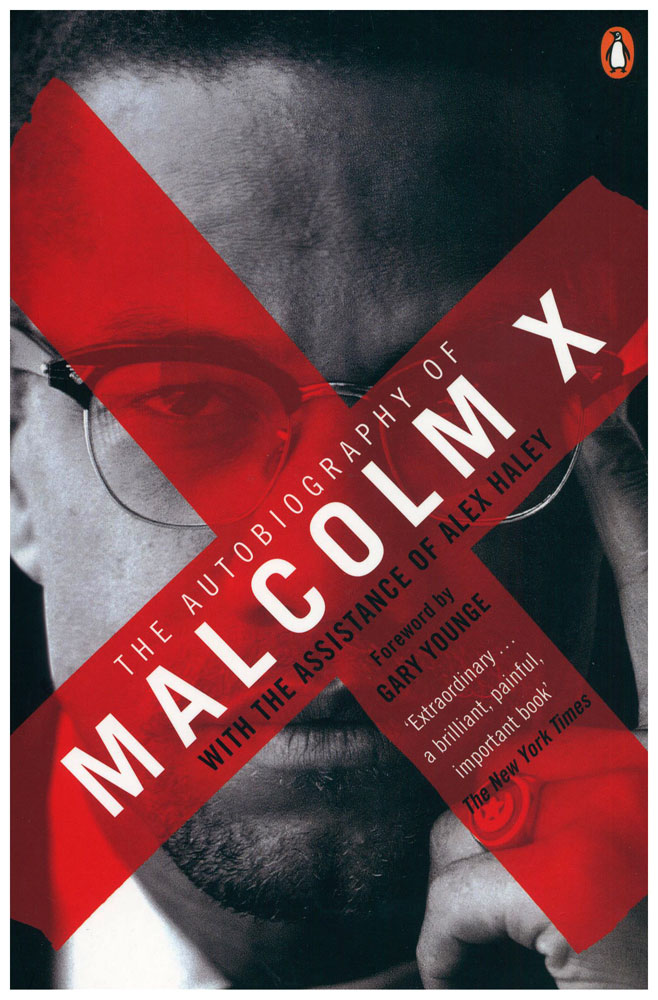
 RSS Feed
RSS Feed